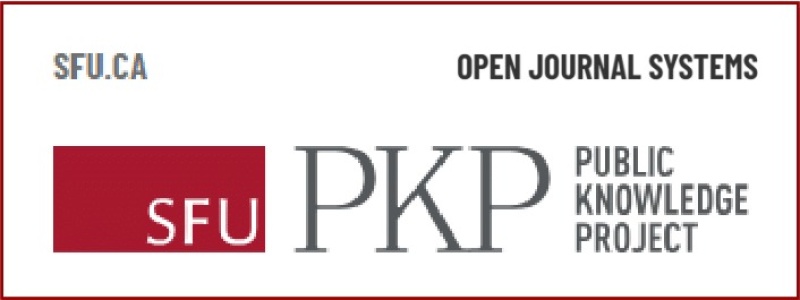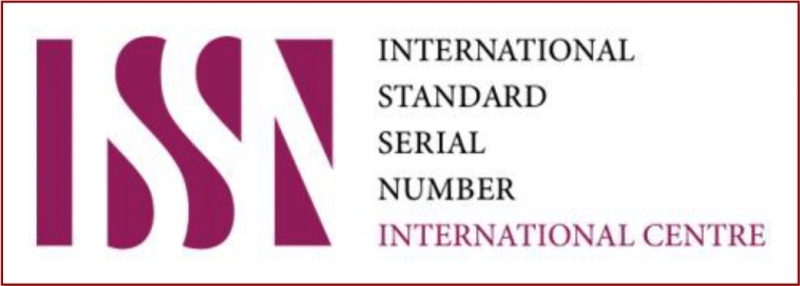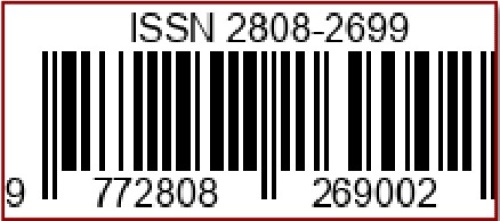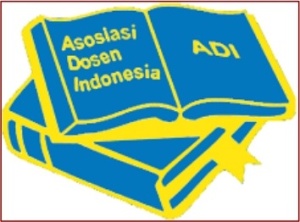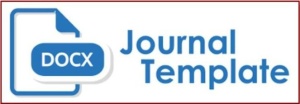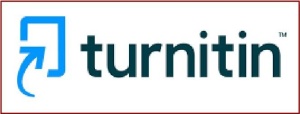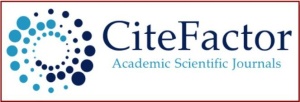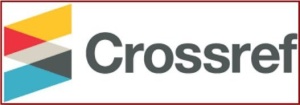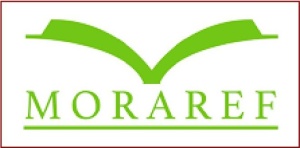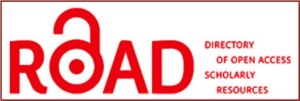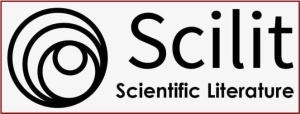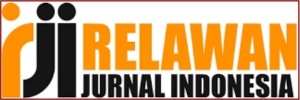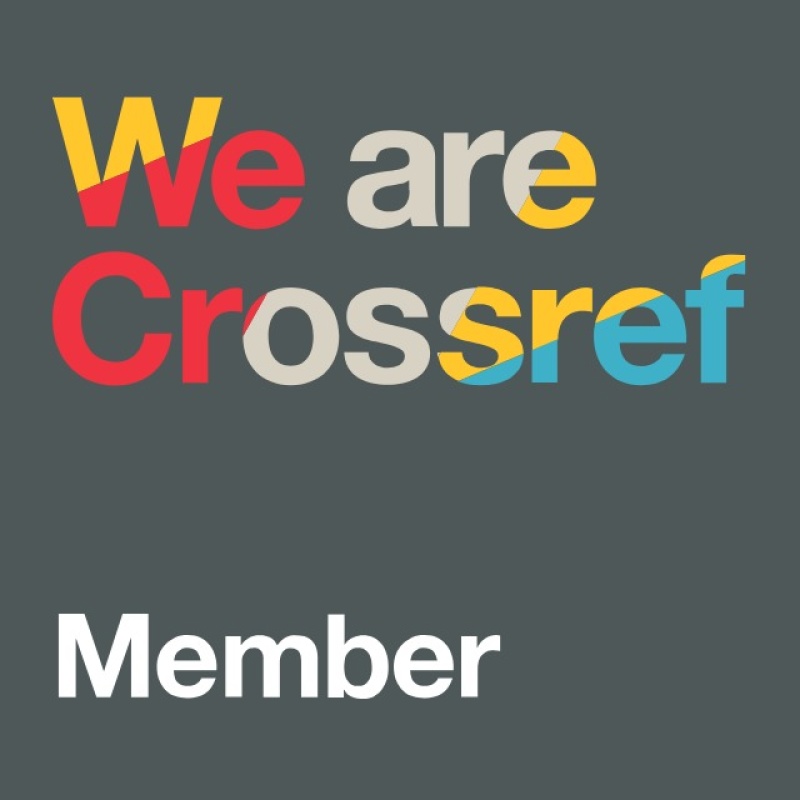Kajian Teoritis Implementasi Peer-Assessment untuk Meningkatkan Kemampuan Partisipasi Peserta Didik pada Pembelajaran Kooperatif
DOI:
https://doi.org/10.36312/ejiip.v2i1.73Keywords:
Peer-Assessment, Participation Ability, Cooperative Learning.Abstract
The curriculum currently applied in Indonesia, namely Curriculum 2013 demands that learning be directed at student-centered-learning, so that the teacher is no longer the only actor in the learning process but shifts to become a facilitator. One of the learning models that involve students actively in the learning process is the cooperative learning model. However, in its implementation it often causes problems, namely the occurrence of gaps in student participation in group work. This participation gap will lead to new problems, especially if the teacher gives the same value to all group members without considering the contribution of each student. Meanwhile, to assess the performance of each student in the group, it is not easy for the teacher to do this, especially if the number of students is quite large in one class. One solution to overcome these problems is to implement peer-assessment. This study aims to provide a theoretical study of the application of peer-assessment to increase student participation in cooperative learning. This research is a library research (library research). Researchers obtain data by conducting literature reviews from various sources such as books, journals, scientific works, as well as documents and other relevant literature.
Downloads
References
Adawiyah, I. R. (2013). Pengaruh Tipe Industri, Ukuran Perusahaan, Profitabilitas dan Leverage terhadap Pengungkapan Corporate Social Responsibility (Studi Empiris pada Perusahaan Go Public yang Terdaftar di Jakarta Islamic Index Periode 2008-2012). Skripsi. UIN Syarif Hidayatullah Jakarta.
Adawiyah, S. R., & Nofisulastri. (2020). Kualitas Peer Assessment sebagai Assessment Formatif. Bioscientist : Jurnal Ilmiah Biologi, 8(2), 337-345. https://doi.org/10.33394/bjib.v8i2.3159
Adawiyah, S. R., & Haolani, A. (2021a). Kajian Teoritis Penerapan Self-Assessment sebagai Alternatif Asesmen Formatif di Masa Pembelajaran Jarak Jauh. Jurnal Ilmiah Mandala Education, 7(3), 596-605. http://dx.doi.org/10.58258/jime.v7i3.2307
Adawiyah, S. R. (2021b). Pengintegrasian Student Centre Assessment (Self-And-Peer Assessment) pada model Pembelajaran Kooperatif Tipe NHT (Numbered-Head Together) untuk Meningkatkan Aktivitas Belajar Peserta Didik. Journal Scientific of Mandalika (JSM), 2(4), 201-216.
Alawiyah, F. (2014). Kesiapan Guru dalam Implementasi Kurikulum 2013. Info Singkat Kesejahteraan Sosial, 6(15), 9-12.
Alma, B., Mulyadi, H., & Razati, G. (2009). Guru Profesional: Menguasai Metode dan Terampil Mengajar. Bandung: CV. Alfabeta.
Alzaid, M. J. (2017). The Effect of Peer Assessment on the Evaluation Process of Students. International Education Studies, 10(6), 159-169. https://doi.org/10.5539/ies.v10n6p159
Amo, B., & Jareno, F. (2011). Self, Peer, and Teacher Assessment as Active Learning Methods. Research Journal of International Studies, 18, 43-45.
Arends, R. I. (2008). Learning to Teach: Belajar untuk Mengajar. Yogyakarta: Pustaka Pelajar.
Bostock, S. J. (2000). Computer Assisted Assessment - Experiments in Three Courses. England: Keele University.
Cheng, W., & Warren, M. (2005). Peer Assessment of Language Proficiency. Language Testing, 22(1), 93-121. https://doi.org/10.1191/0265532205lt298oa
Devi, A. P., Musthafa, B., & Gustine, G. G. (2015). Using Cooperative Learning in Teaching Critical Thinking in Reading. English Review: Journal of English Education, 4(1), 1-14. https://doi.org/10.25134/erjee.v4i1.310
Gillies, R. M. (2016). Cooperative Learning: Review of Research and Practice. Australian Journal of Teacher Education, 41(3), 39-54. https://doi.org/10.14221/ajte.2016v41n3.3
Ginanjar, E. G., Darmawan, B., & Sriyono. (2019). Faktor-faktor yang Mempengaruhi Rendahnya Partisipasi Belajar Peserta Didik. Journal of Mechanical Engineering Education, 6(2), 206-219. https://doi.org/10.17509/jmee.v6i2.21797
Grez, L. D., Valcke, M., & Roozen, I. (2012). How Effective are Self- and Peer Assessment of Oral Presentation Skills Compared with Teachers’ Assessments? Active Learning in Higher Education, 13(2), 129-142. https://doi.org/10.1177/1469787412441284
Gu, G., Yang, J., Mitchell, K. A., & O'Tousa, J. E. (2004). Drosophila ninaB and ninaD Act Outside of Retina to Produce Rhodopsin Chromophore. J. Biol. Chem., 279(18), 18608-18613. https://doi.org/10.1074/jbc.M400323200
Ikhsan, K. N., & Hadi, S. (2018). Implementasi dan Pengembangan Kurikulum 2013. Jurnal EDUKASI (Ekonomi, Pendidikan, dan Akuntansi), 6(1), 193-202. http://dx.doi.org/10.25157/je.v6i1.1682
Indasari, N. L., Purwati, O., & Anam, S. (2019). The Impact of Peer Assessment in Students Recount Text. ETERNAL (English, Teaching, Learning, and Research Journal), 5(2), 221-238. https://doi.org/10.24252/Eternal.V52.2019.A4
Johnston., & Miles. (2004). Enhancing Teaching and Learning Through Assessment. Dordrecht: Springer.
Kennedy, G. J. (2006). Peer Assessment in Group Projects: Is it Worth it? Paper Appeared at the Australian Computing Education Conference. New Castle: Australian Computer Society, Inc.
Librianty, H. D., & Sumantri, M. S. (2014). Peningkatan Partisipasi Belajar Melalui Metode Bercakap-Cakap pada Pembelajaran Bahasa Inggris. Jurnal Pendidikan Usia Dini, 8(1), 1-8.
Lie, A. (2008). Cooperative Learning: Mempraktikkan Cooperative Learning di Ruang-ruang Kelas. Jakarta: Grasindo.
Majduddin, K. (2010). Peer Assessment Alternative to Traditional Testing. Teheran: University of Teheran.
Noonan, B., & Duncan, C. R. (2005). Peer and Self Assessment in High Schools. Practical Assessment Research and Evaluation, 10(1), 1-8. https://doi.org/10.7275/a166-vm41
Nursobah, A. (2018). Implementasi Kurikulum 2013 dalam Meningkatkan Prestasi Belajar Peserta Didik. Dirasah : Jurnal Study Ilmu dan Manajemen Pendidikan Islam, 1(2), 40-51. https://doi.org/10.29062/dirasah.v1i2.22
Okuda, R., & Otsu, R. (2010). Peer Assessment for Speeches as an Aid to Teacher Grading. The Language Teacher, 34(4), 41-47. https://doi.org/10.37546/JALTTLT34.4-1
Rintoko., & Rochmiyati, S. (2018). Efektivitas Penggunaan Metode Two Stay Two Stray dalam Keterampilan Membaca Pemahaman Siswa Kelas VII SMP Negeri 1 Paliyan. Caraka : Jurnal Ilmu Kebahasaan, Kesastraan, dan Pembelajarannya, 4(2), 63-72. https://doi.org/10.30738/caraka.v4i2.2846
Rochmiyati. (2013). Model Peer Assessment pada Pembelajaran Kolaboratif Elaborasi. Jurnal Penelitian dan Evaluasi Pendidikan, 17(2), 333-346. https://doi.org/10.21831/pep.v17i2.1704
Smith, H., Cooper, A., & Lancaster, L. (2002). Improving the Quality of Undergraduate Peer Assessment: A Case for Student and Staff Development. Innovations in Education and Teaching International, 39(1), 71-81. https://doi.org/10.1080/13558000110102904
White, E. (2009). Student Perspectives Peer Assessment for Learning in a Public Speaking Course. Asian EFL Journal-Professional Teaching Articles, 33(1), 1-36.
Widodo, S. (2018). Peningkatan Keterampilan Partisipasi Sosial Melalui Pendekatan Pembelajaran Kontekstual di Sekolah Dasar. EduHumaniora, 10(1), 50-60. https://doi.org/10.17509/eh.v10i1.8403
Wilson, S. (2002). Comparing Peer, Self an Tutor Assessment in a Course for University Teaching Staff. In The Learning Communities and Assessment Cultures Conference Organised by The EARLI Special Interest Group on Assessment and Evaluation. Newcastle Upon Thyne NE7 7YT, Inggris Raya: University of Northumbria.
Yunella, D. V. (2017). Student Objectivity in Peer Assessment in an EFL Speaking Class. English Education Journal (EEJ), 8(2), 164-176.
Downloads
Published
How to Cite
Issue
Section
License
Copyright (c) 2022 Siti Rabiatul Adawiyah

This work is licensed under a Creative Commons Attribution-ShareAlike 4.0 International License.
-
Attribution — You must give appropriate credit, provide a link to the license, and indicate if changes were made. You may do so in any reasonable manner, but not in any way that suggests the licensor endorses you or your use.
-
ShareAlike — If you remix, transform, or build upon the material, you must distribute your contributions under the same license as the original.


